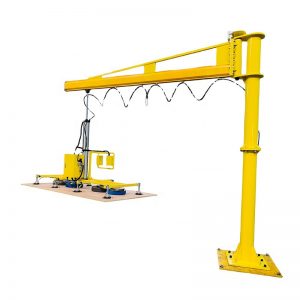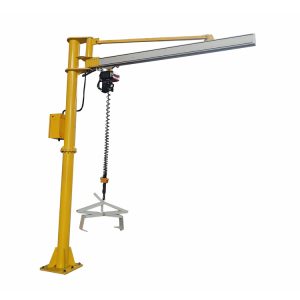Pneumatic manipulators and electric manipulators are commonly used actuators in industrial automation. They have significant differences in driving methods, control methods, and performance characteristics.
Drive mode
Pneumatic manipulator: Uses compressed air as a power source to drive the manipulator through the piston movement of the cylinder.
Electric manipulator: The motor is used as the power source, and the rotation of the motor drives the mechanical transmission system to drive the manipulator.
Control method
Pneumatic manipulator: The control is relatively simple. Solenoid valves are usually used to control the on and off of the air path to realize the movement of the manipulator.
Electric manipulator: The control is more flexible, precise motion control can be achieved through PLC, servo drive, etc., and even complex motion trajectory planning can be achieved.
| Pneumatic manipulator | Electric manipulator | |
| Advantages | Simple structure, low cost, fast response, low environmental requirements | High precision, good flexibility, flexible control, and can realize complex movements |
| Disadvantages | Low precision, poor flexibility, relatively simple control, limited by gas source | High cost, high environmental requirements, relatively complex maintenance |
Application scenarios
Pneumatic manipulator: Suitable for occasions with low precision requirements, simple movements, and harsh environments, such as handling, clamping, and assembly.
Electric manipulator: Suitable for occasions with high precision requirements, complex movements, and flexible control, such as welding, spraying, and assembly of precision parts.

